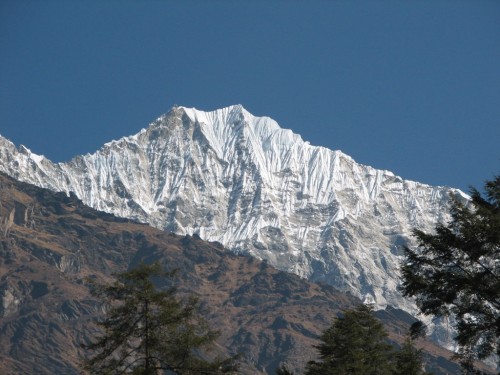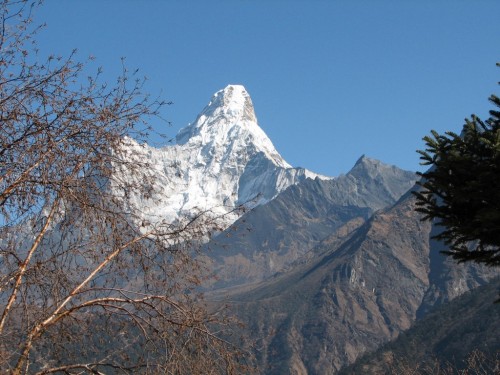What I am reading: ‘Braver than the Gurkhas’
Writing a novel: a writer’s journal part 22
What I am reading: “Braver than the Gurkhas” by Sikhar
I chose to read this little know book as background reading for the writing of my novel for children. Like my novel, this book is set in Nepal. It is based on true events but is written as fiction.
On the cover it states that this story is an account of ‘heroism of an oppressed minority fighting for survival.’ It is not an understatement. In the dedication it says it has been written in memory of Bir Bahadur Rai, the first known Nepali martyr for ‘Yesu.’
Nepal in the 1980s was still emerging into the modern world. Christian missionaries had been working in the country since the early 1950s, predominantly as medical staff in clinics and hospitals set up in a range of towns and villages. Nepalis throughout the country were slow to embrace the Christian faith and in the 1980s there was an open government policy forbidding conversion to Christianity. Converts were not only ostracized by their families and the wider community, they were usually imprisoned. Many were tortured for their faith in ‘Yesu’ (Jesus) and some were killed.
This novel traces the fortunes of one family who suffer as a result of these policies. The father of the family is a drunken, wife beating, lazy farmer who actually bashes up the local Christian pastor. One night, while drunk yet again, he decides to burn down the church in his village. Instead of being successful in his aim, he overhears several of the Christians praying for him. This leads to his conversion as a follower of Yesu. His life is quickly transformed from his drunkenness. His daughter notices the change in his life and she too becomes a Christian. Things turn nasty only minutes after her father’s baptism in the local river. He is arrested, tried and later tortured in prison.
This is a fast moving, intriguing story with strongly drawn characters. The plot moves forward with the inevitable ending. The simple village life permeates the story. The attitudes of the villagers are shown clearly, contrasting well with the changes Christianity brings to their culture. Although the ending is sad, there is also hope for the future. The Christian church has continued to grow and estimates are that now about 2% of the population claim to be Christian. Although imprisonment is no longer government policy, in practice there is still widespread opposition and persecution of Christians.
While there are only a few references to faith in my novel, my two main characters show a friendship between a Hindu Nepali boy and the son of an Australian missionary doctor. I have set my story in 2006, a time of great political unrest and turmoil in Nepal. While my reading of Braver than the Gurkhas does not have a direct bearing on my story, I found the reading of this novel gave me a greater understanding of the way the Nepali people think.
Reference:
- Sikhar, 1990, Braver than the Gurkhars, Word Publishing, Milton Keynes.
Further reading:
- Writing a novel: more articles in this series outling how I went about writing my novel for children.


